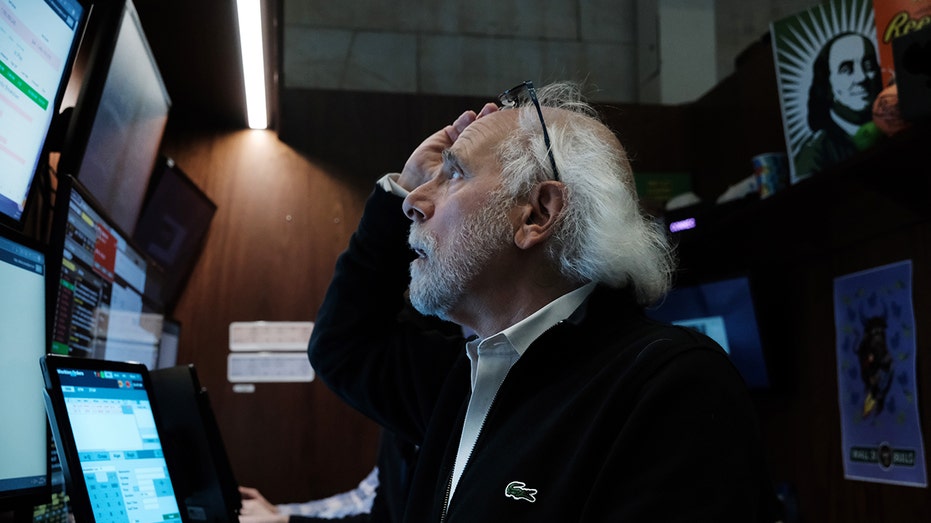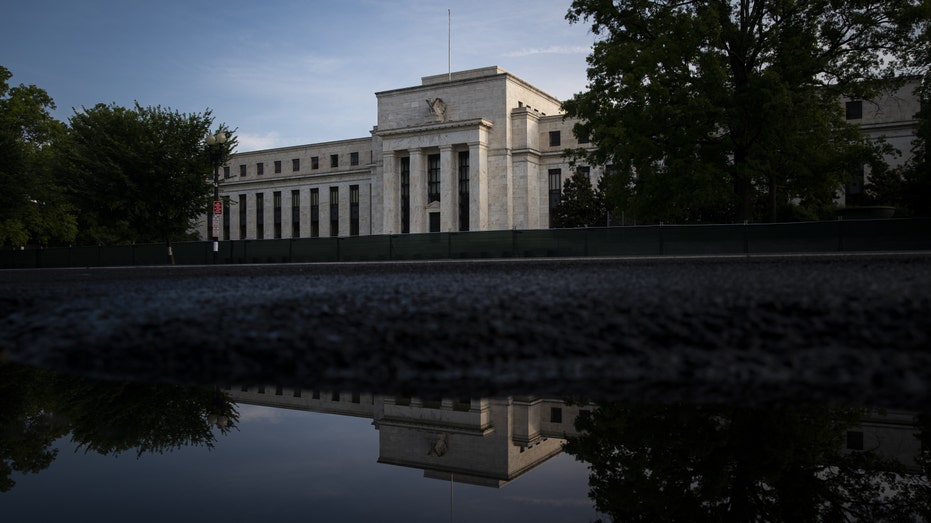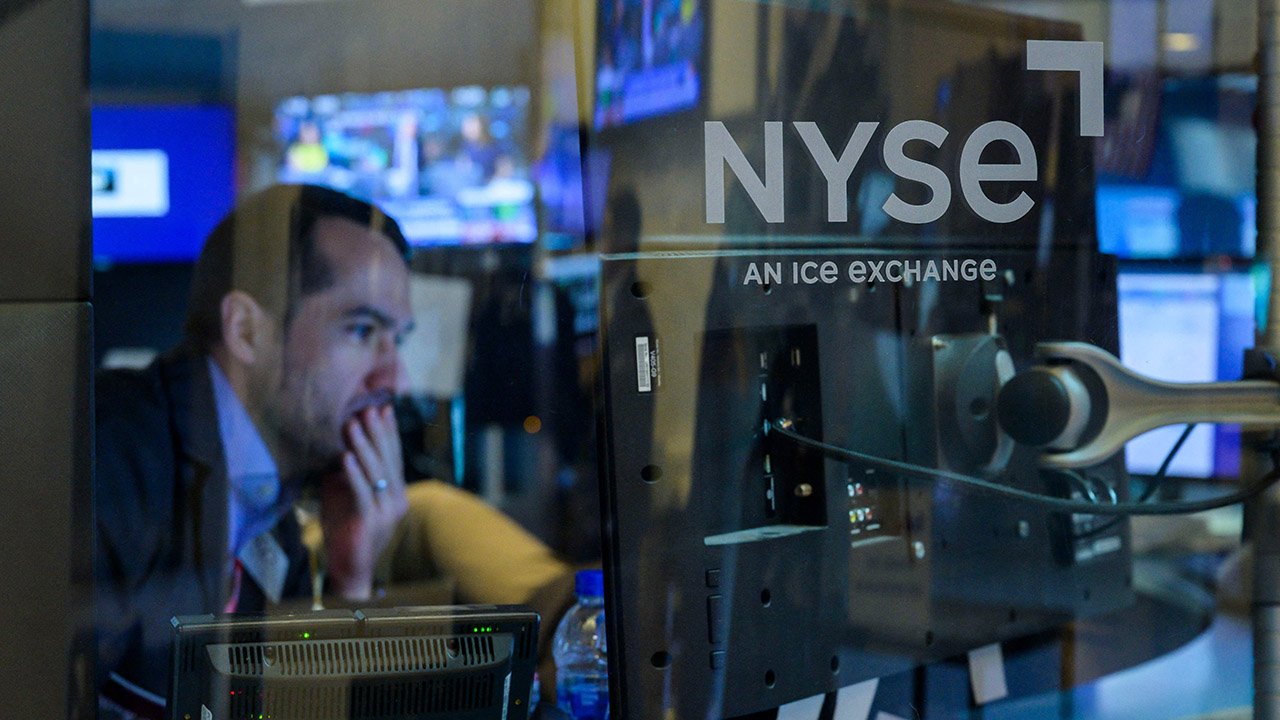S&P 500 could sink another 22%, Morgan Stanley warns
S&P 500 could drop to 3,000 points by end of year
Big Tech and growth stocks slammed by rate-hike fears
Macromavens President Stephanie Pomboy shares her insight on the 2023 market outlook on ‘Maria Bartiromo’s Wall Street.’
The U.S. stock market could face even steeper losses in 2023 than many investors currently expect, according to Morgan Stanley strategists.
Michael Wilson, the chief U.S. equity strategist at Morgan Stanley and a long-time Wall Street bear, warned in a Monday analyst note that although consensus is forming behind the expectation of a recession in the first half of the year, investors may be underestimating the risk posed by weaker corporate earnings and a Federal Reserve committed to crushing inflation.
"The consensus could be right directionally, but wrong in terms of magnitude," Wilson wrote in the note.
He suggested the S&P 500 could tumble to 3,000 points by year-end, down about 22% from current levels. The benchmark index already plunged about 19% in 2022.
STILL MISSING YOUR TAX REFUND? THE IRS WILL SOON PAY YOU 7% INTEREST

Traders work on the floor of the New York Stock Exchange (NYSE) on June 10, 2022 in New York City. Stocks fell over 800 points on Friday as inflation fears continue to spook investors. ((Photo by Spencer Platt/Getty Images) / Getty Images)
"Our concern is that most are assuming 'everyone is bearish,' and, therefore, the price downside in a recession is also likely to be mild (SPX 3,500-3,600)," Wilson wrote. "On this score, the surprise might be how much lower stocks could trade (3,000) if a recession arrives."
Stocks have rallied in early 2023, with the S&P up about 2% on Monday following the better-than-expected December jobs report that showed wage growth slowed markedly last month. A separate report from the Institute for Supply Management showed that the services sector contracted in December, fueling hopes that the Federal Reserve will pause its aggressive interest-rate hike campaign earlier than previously expected.
US ECONOMY FACES TURBULENT 2023 AS RECESSION FEARS GROW
But the relief rally – and the possibility of consumer prices cooling off – is unlikely to last long as the slowdown in inflation weighs on corporate earnings, according to Wilson.

The Marriner S. Eccles Federal Reserve building in Washington, D.C., US, on Wednesday, July 6, 2022. (Photographer: Al Drago/Bloomberg via Getty Images / Getty Images)
This "ignores the ramifications of falling prices on profit margins, which is likely to outweigh any benefit from the perceived Fed dovishness equity investors are dreaming about later this year," he wrote. "Furthermore, we highlight that the drastic ISM Services miss that set off the bond rally on Friday sends an ominous signal for growth."
Fed policymakers already voted to raise the benchmark interest rate seven straight times last year to a range of 4.25% to 4.5%, well into restrictive territory.
GET FOX BUSINESS ON THE GO BY CLICKING HERE
Officials also laid out an aggressive path of increases for 2023 and indicated they intend to hold rates at elevated levels for "some time."
"Participants generally observed that a restrictive policy stance would need to be maintained until the incoming data provided confidence that inflation was on a sustained downward path to 2 percent, which was likely to take some time," the Fed's meeting minutes said. "In view of the persistent and unacceptably high level of inflation, several participants commented that historical experience cautioned against prematurely loosening monetary policy."





















